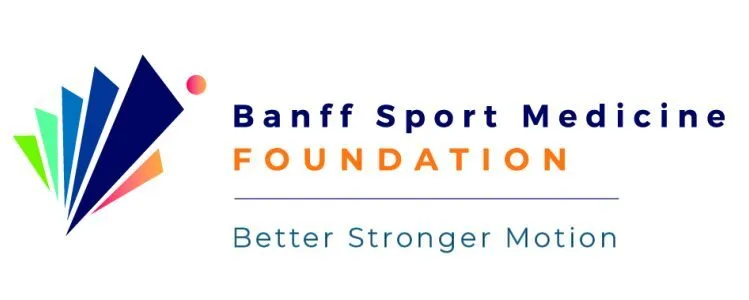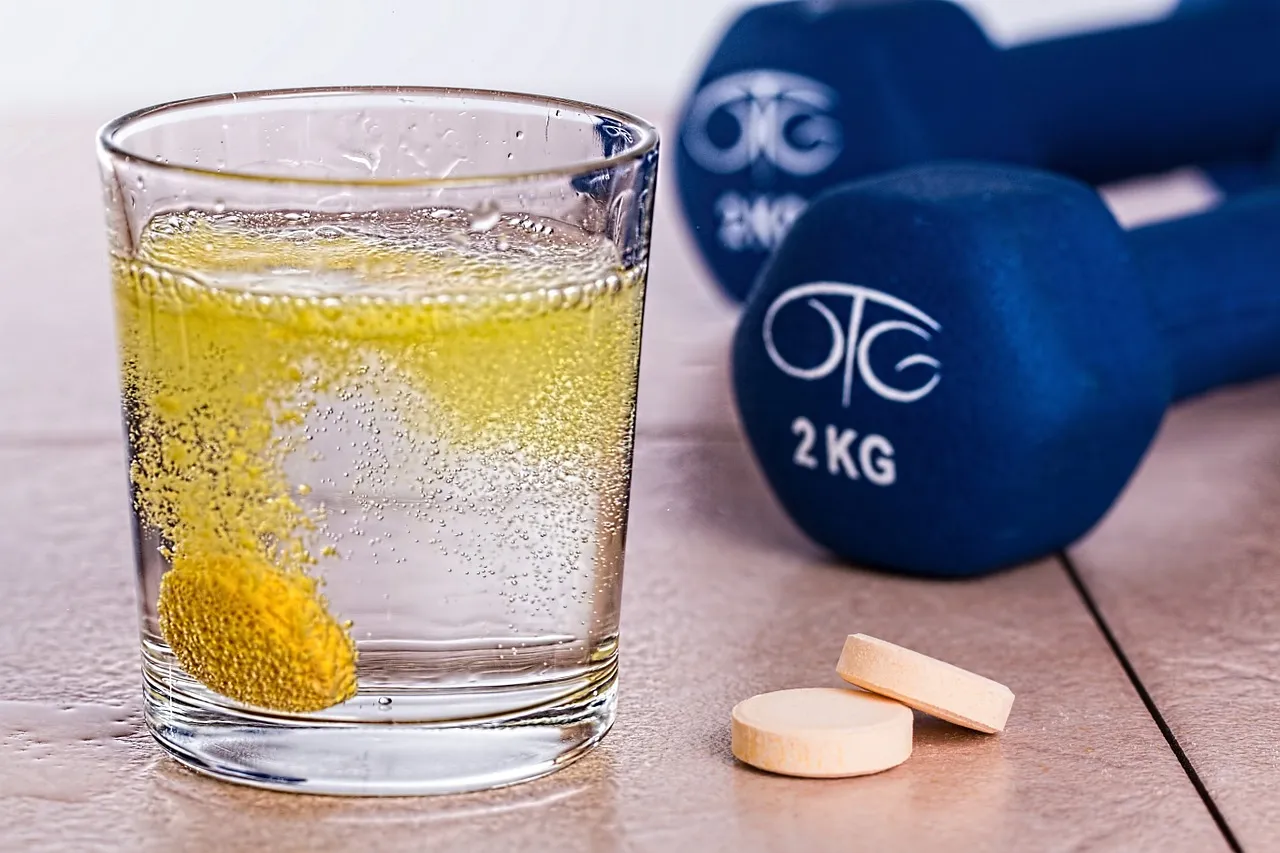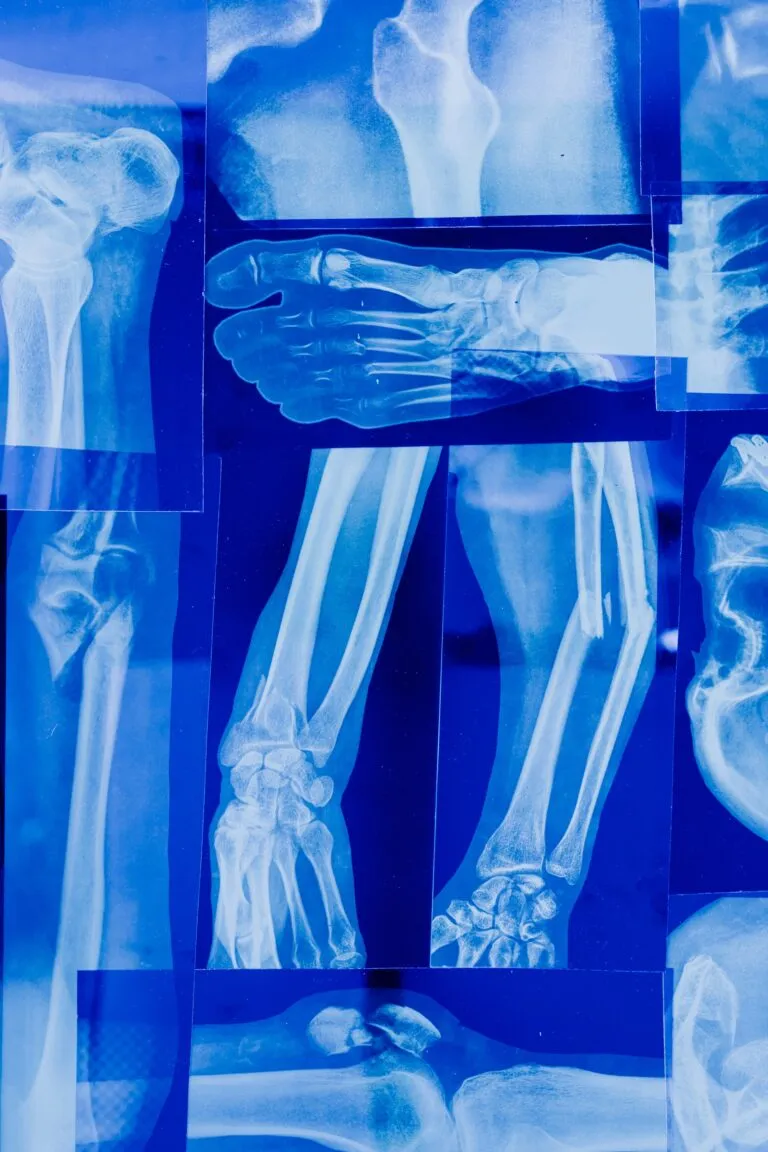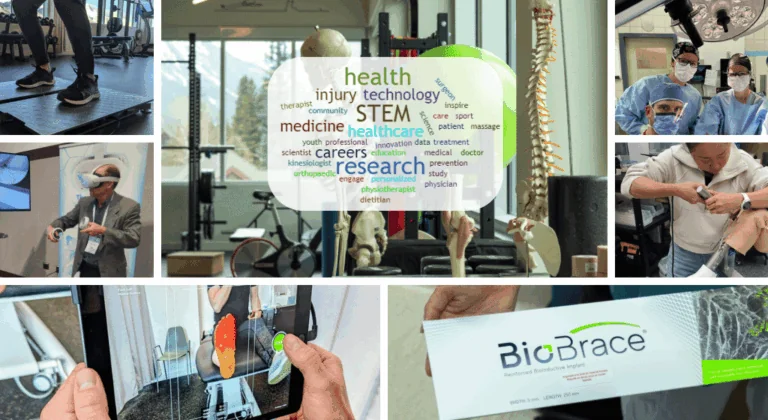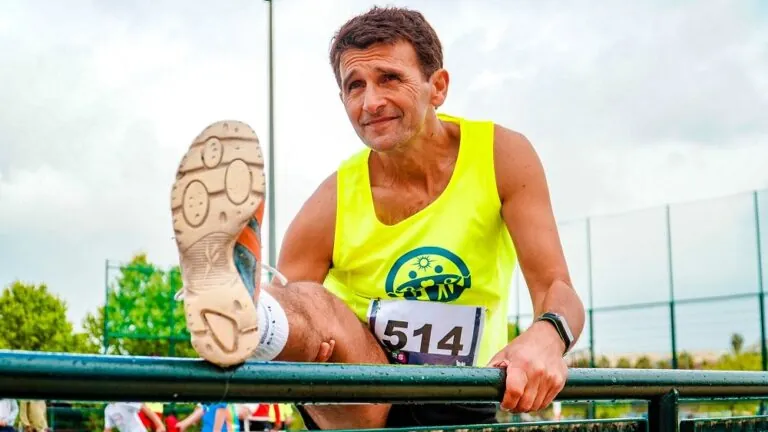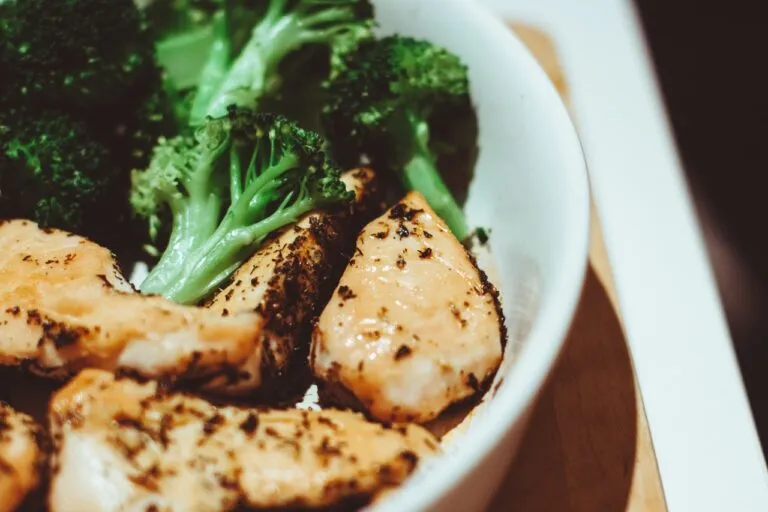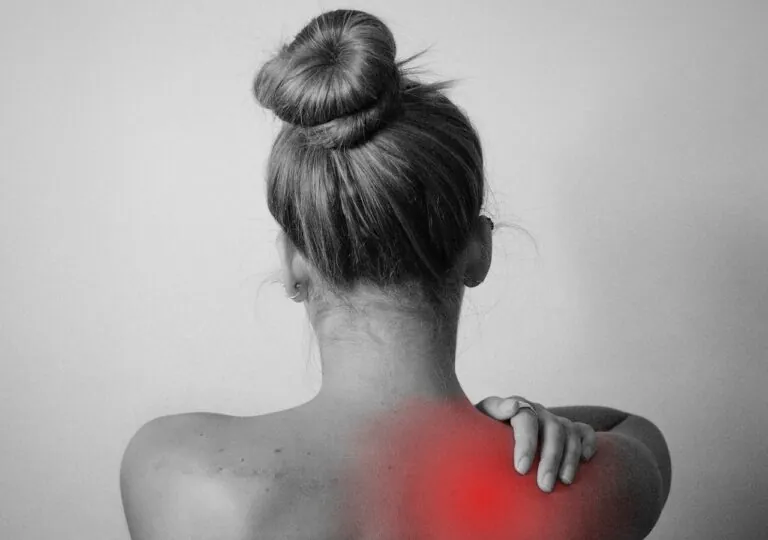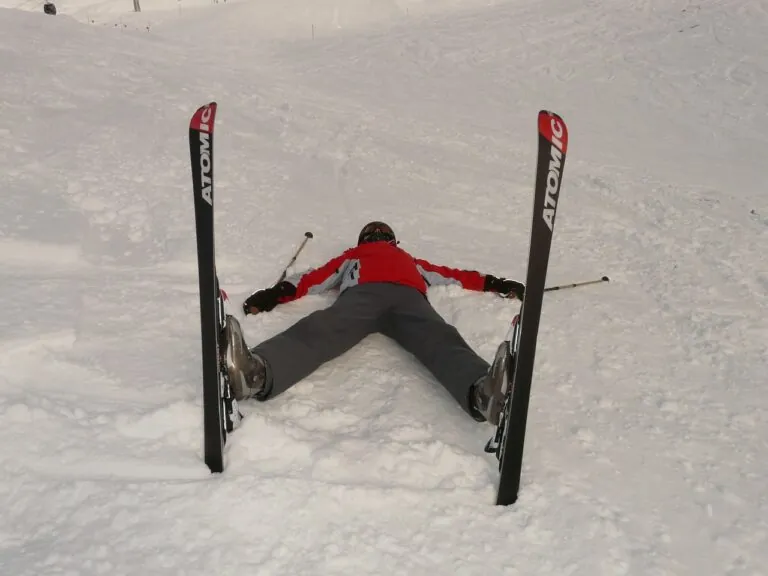The scoop on Jell-O and Collagen for recovery and injury prevention
Dr Andy Reed, Banff Sport Medicine Physician and recently injured ultramarathon runner, gives us the scoop on the scientific evidence behind the use of gelatin and collagen for injury recovery and prevention in his latest Bow Valley Crag and Canyon article!
A couple of years ago I read an interesting article written by Keith Baar, a molecular biologist out of UC Davis in California, discussing a novel new therapy to help speed up recovery from, and prevent musculoskeletal soft tissue injuries. These are by far the commonest acute injuries we see in clinic, and recovery from tendon injuries is frustratingly slow.
Tendons have a very poor blood supply, and when injured, even with the right stimulus, the damaged tissue fibres need to regenerate and reorganize themselves. This takes time.
It’s not unusual to see injured athletes who’ve been dealing with chronic injuries for a year or more. Anything that can potentially speed recovery, or prevent injury in the first place, is a compelling addition to conventional exercise therapy.
In my last two articles I chronicled my own recovery from achilles tendinitis, and one of the strategies I utilized was Baar’s approach, the use of a nutritional supplement containing collagen, gelatin and vitamin C, combined with isometric loading exercises performed three times daily.
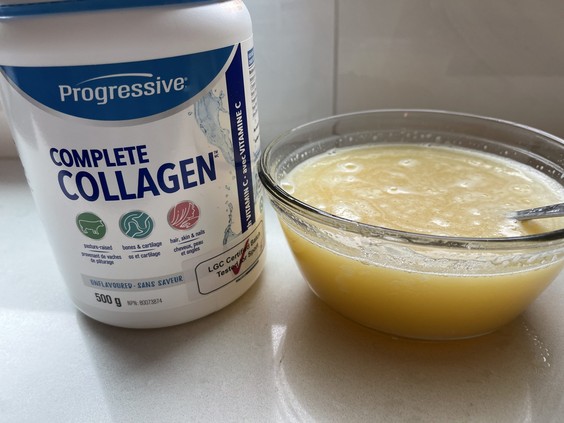
I’ve received a lot of questions about this therapy, and whilst I certainly do not attribute my recovery to this treatment alone, it may well have helped, and Baar’s lab has performed and published some eye-opening work.
For years, the UC Davis lab has been creating “engineered ligaments” from fragments of torn ACLs, removed during reconstructive surgeries. They have been able to develop a technique to essentially grow new tissues. The lab attaches these engineered ligaments to sensors and then exercises them, basically subjecting them to various abusive stretches and loads! They can injure the tissues, exercise them, and look at what happens, right down to the molecular level. It’s really very clever.
Baar’s lab has shown that different stimuli result in different degrees of regeneration in the damaged areas, and when they looked at collagen synthesis, which is indicative of healing (collagen is an important building block in all of our soft tissues and bones), they showed that certain exercises could double the rate of new collagen synthesis. When the tissues were exposed to proline and other amino acids found in abundance in gelatin and in commercially available hydrolyzed collagen powders, and then stressed, the rate of new collagen production could be doubled again! This sounded promising.
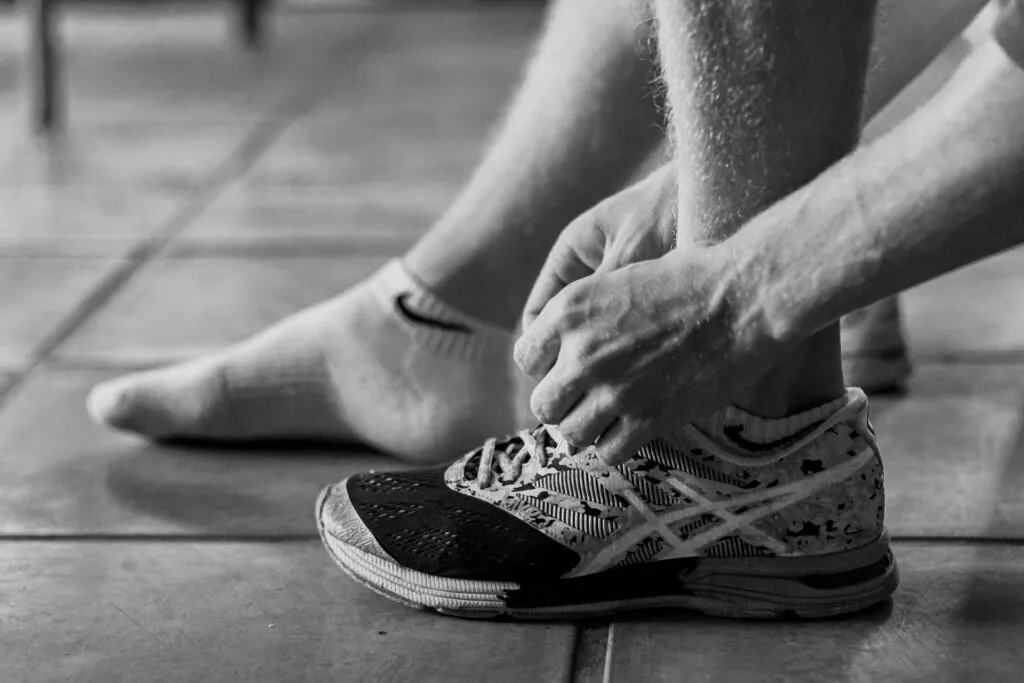
To test this theory, Baar recruited injured track and field athletes, suffering mostly with lower limb tendon injuries or bone stress injury and had them perform exercises 3 times daily. Blood markers of new collagen synthesis doubled after exercise, and when they consumed a gelatin/collagen/vitamin C concoction an hour prior to their workouts, collagen synthesis doubled again, confirming the findings from the lab.
Hydrolyzed collagen powders are readily available and easy to use. The vitamin C was added as it is an important catalyst in the formation of new soft tissues. You may recall that scurvy is vitamin C deficiency, which results in a variety of problems including soft tissue breakdown.
When we consume gelatin and collagen prior to activity, it is broken down in our gut, and the resulting amino acids saturate our connective tissues. Apply the right stimulus and we potentially get a nice bump in the production of new tendon or ligament fibres, thus speeding recovery, and strengthening these tissues.
Baar’s lab has shown that isometric loading exercises, basically prolonged contractions of the injured tissue, are a simple and very effective way to provide the perfect stimulus for tendon healing.
An achilles isometric would basically involve you standing on the tip toes of the injured side, and holding this position for 30 seconds. 30 seconds seems to be optimal. After 30 seconds rest, the isometric is repeated.
Three to five of these performed every 6 hours works best, as tendons seem to shut down for a few hours after about 10 minutes of these exercise. After 6 hours they are responsive again. This is also one of the reasons the mix should be consumed before exercise, and not afterwards, to get the requisite nutrients into the tissues first.
Contributing Expert

Dr. Andy Reed, Sports Medicine Physician and ultramarathon running M.D.
Select references from the Baar Group
Lis, D. M., Jordan, M., Lipuma, T., Smith, T., Schaal, K., & Baar, K. (2021). Collagen and Vitamin C Supplementation Increases Lower Limb Rate of Force Development, International Journal of Sport Nutrition and Exercise Metabolism (published online ahead of print 2021). Retrieved Jan 13, 2022, from https://journals.humankinetics.com/view/journals/ijsnem/aop/article-10.1123-ijsnem.2020-0313/article-10.1123-ijsnem.2020-0313.xml
Close, G. L., Sale, C., Baar, K., & Bermon, S. (2019). Nutrition for the Prevention and Treatment of Injuries in Track and Field Athletes, International Journal of Sport Nutrition and Exercise Metabolism, 29(2), 189-197. Retrieved Jan 13, 2022, from https://journals.humankinetics.com/view/journals/ijsnem/29/2/article-p189.xml
Gregory Shaw, Ann Lee-Barthel, Megan LR Ross, Bing Wang, Keith Baar, Vitamin C–enriched gelatin supplementation before intermittent activity augments collagen synthesis, The American Journal of Clinical Nutrition, Volume 105, Issue 1, January 2017, Pages 136–143, https://doi.org/10.3945/ajcn.116.138594
